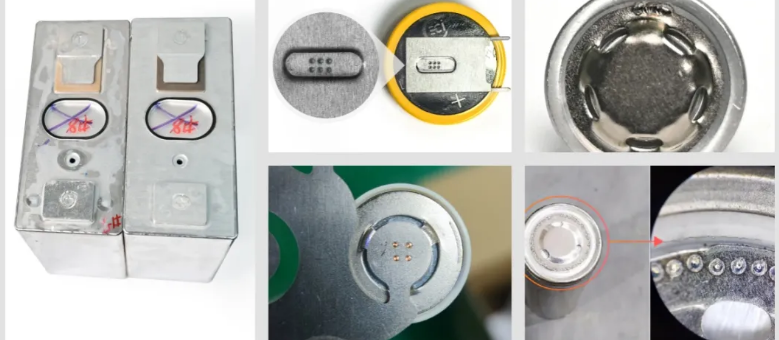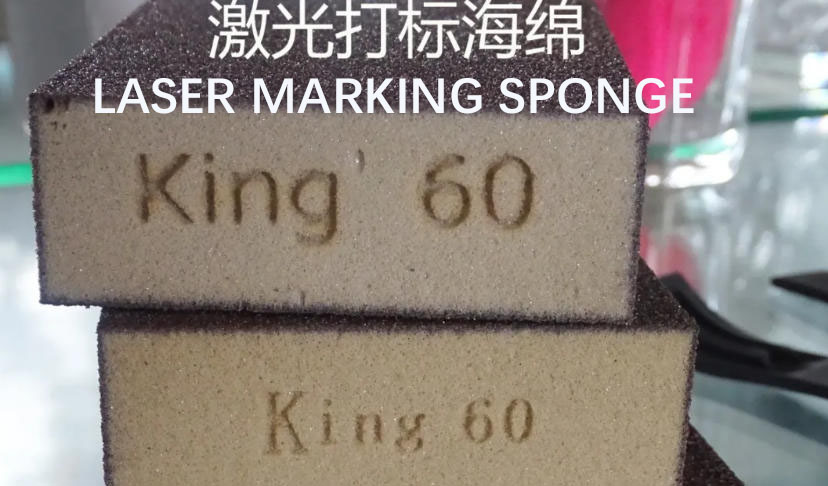
Batteries, as a product of modern industrial development, have deeply integrated into both our daily lives and industrial manufacturing. To meet diverse application needs, batteries have evolved into a wide range of models and classifications: in terms of shape, there are cylindrical, button, and prismatic types; in terms of chemistry, there are alkaline, acidic, organic electrolyte, and solid-state batteries. In daily life, AA/AAA alkaline batteries and CR2032 button batteries are most common, while lithium-ion and lithium-polymer batteries have become the mainstream in electric vehicles and mobile power devices.
Regulatory Labeling: The Mandatory “Standard Configuration” for Battery Market Entry
With the increasing global penetration of batteries, safety and environmental concerns have become more prominent. In recent years, countries worldwide have strengthened battery regulations to promote a traceable and sustainable battery industry. In terms of battery labeling standards, China has recently introduced multiple mandatory regulations, including the mobile power CCC certification effective from August 15, 2025, and the newly implemented “Lithium-ion Battery Coding Rules” this month, which require electric vehicle lithium batteries to bear permanent, high-temperature-resistant codes to strengthen safety traceability and accountability. Meanwhile, the EU’s new Battery Directive has also enforced battery label and QR code requirements since August.
All these changes share a common goal: to establish a traceable management system covering the full lifecycle of batteries through a unified and mandatory labeling system. Under this context, battery labeling is no longer just a product information carrier but a legal requirement for compliant operations.

For battery manufacturers, especially those targeting international markets, achieving permanent, clear, high-temperature-resistant, and tamper-proof codes and QR codes on battery surfaces has become a critical technical challenge. Laser marking technology, with its excellent precision, durability, and material adaptability, has emerged as an ideal solution to meet both domestic and international regulatory requirements.
“Clear Codes”: Laser Marking Solutions for Batteries
Faced with the diverse shapes and materials of batteries, as well as industry requirements for high-temperature resistance and corrosion resistance, laser marking has become the preferred method for labeling due to its high precision, non-contact nature, and permanent marking capability.
Laser marking machines are compatible with a wide range of materials and offer multiple light source options including fiber, UV, and CO₂ lasers, enabling clear and durable marking on various metal and non-metal battery surfaces, far surpassing inkjet printing methods that are prone to wear or fading. In addition, laser solutions can be configured as portable units, enclosed workstations, or inline modules, supporting a wide range of scenarios from R&D and prototyping to fully automated production lines, flexibly matching different battery models and production volumes.
In practical applications, such as alkaline battery production lines, laser marking systems can be seamlessly integrated with conveyor lines, forming a fully automated labeling workflow from “loading → marking → unloading,” efficiently completing precise date, batch number, and other information marking. Systems are equipped with real-time status monitoring and alarm functions, ensuring long-term stable operation of the production line.
Full-Chain Applications of Laser Technology in New Energy Batteries
As the core component of new energy vehicles, battery manufacturing upgrades rely heavily on laser technology. Today, laser technology spans the entire lifecycle of lithium-ion and solid-state batteries, covering critical processes such as electrode cutting, casing welding, and packaging film marking, while also showing great potential in battery repair and recycling.

In the assembly stage, laser welding achieves high-strength connections for tabs, modules, and casings; during maintenance and recycling, laser cleaning effectively removes oxide layers and electrolyte residues, and laser cutting aids in safe battery disassembly and material recycling. Laser systems can integrate with robots and automation modules for high-efficiency, precise smart processing, improving consistency and output while enhancing operational safety.
The laser process requires no ink or chemical reagents, aligning with green manufacturing principles. Continuous investments in hardware upgrades and software development ensure more efficient and reliable laser processing support for various battery production lines. Collaborating with battery manufacturers, laser technology solutions continue to explore more efficient, reliable processing methods, injecting sustained momentum into industry upgrades.






